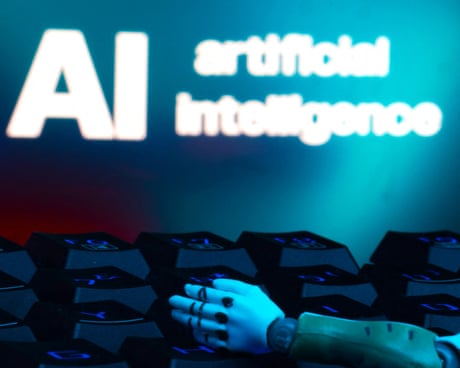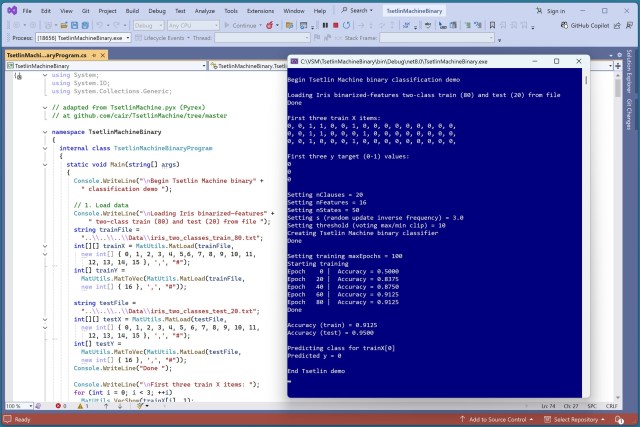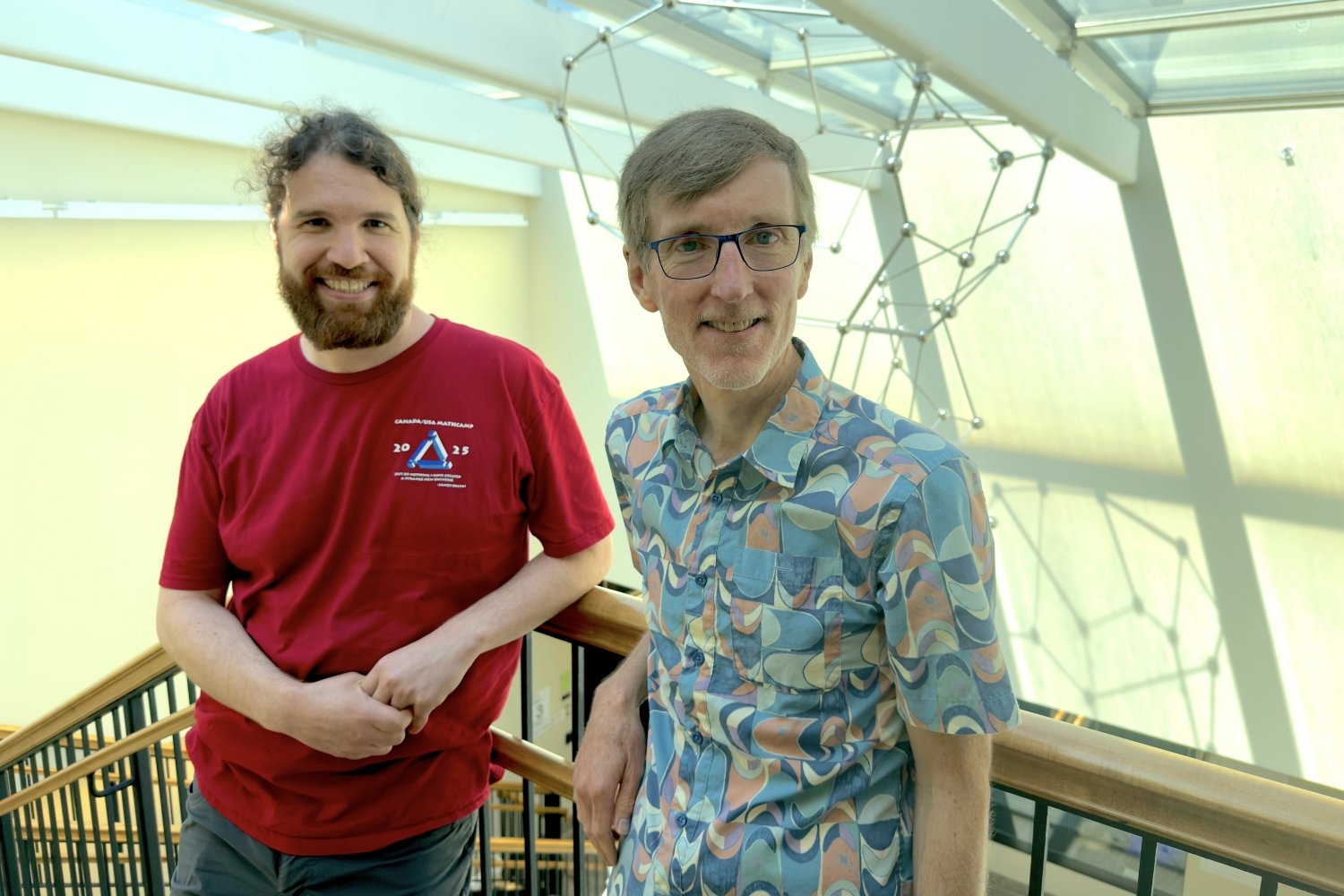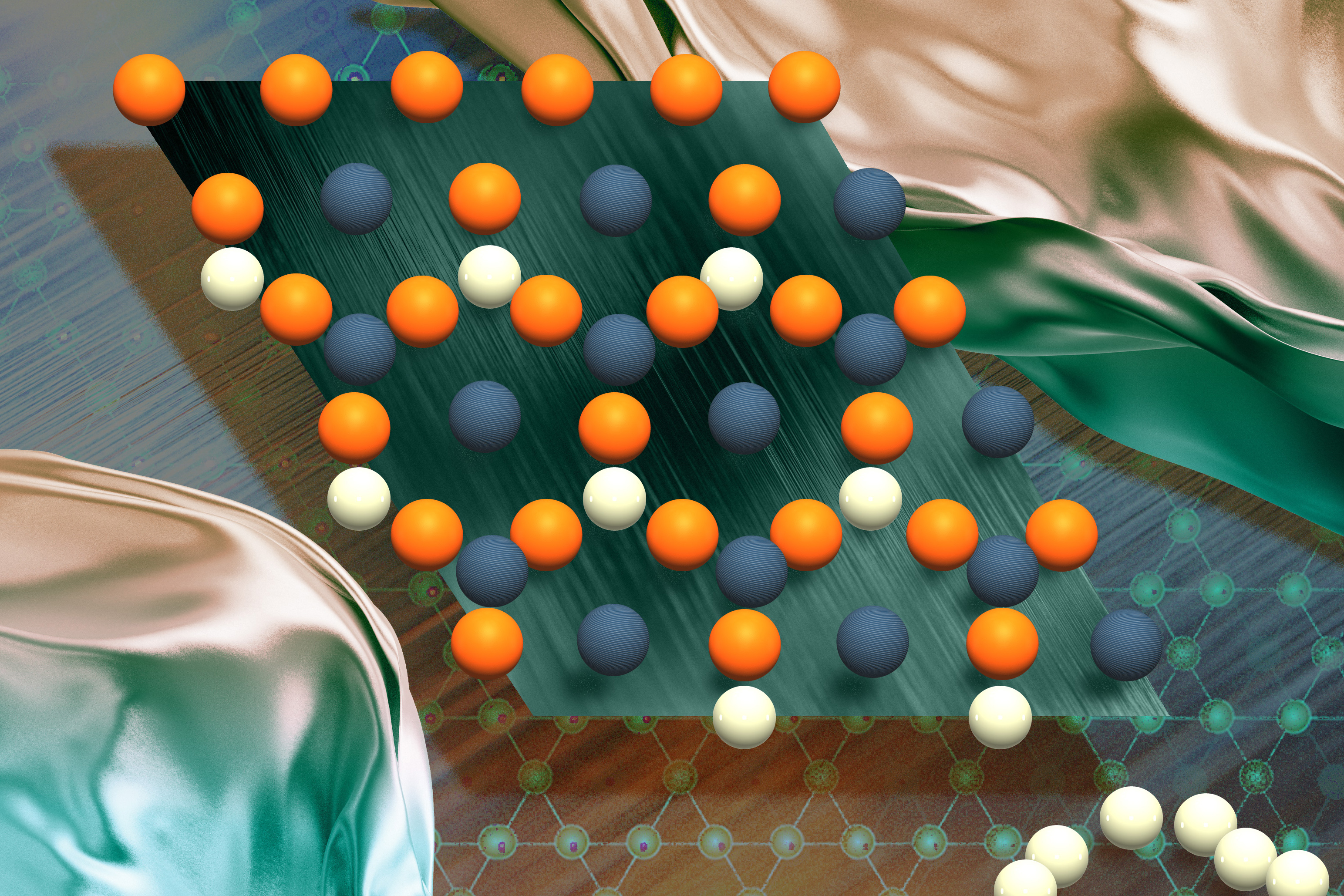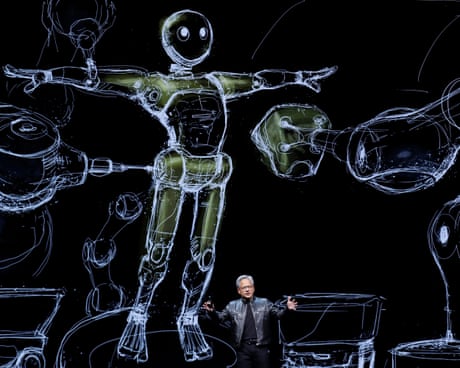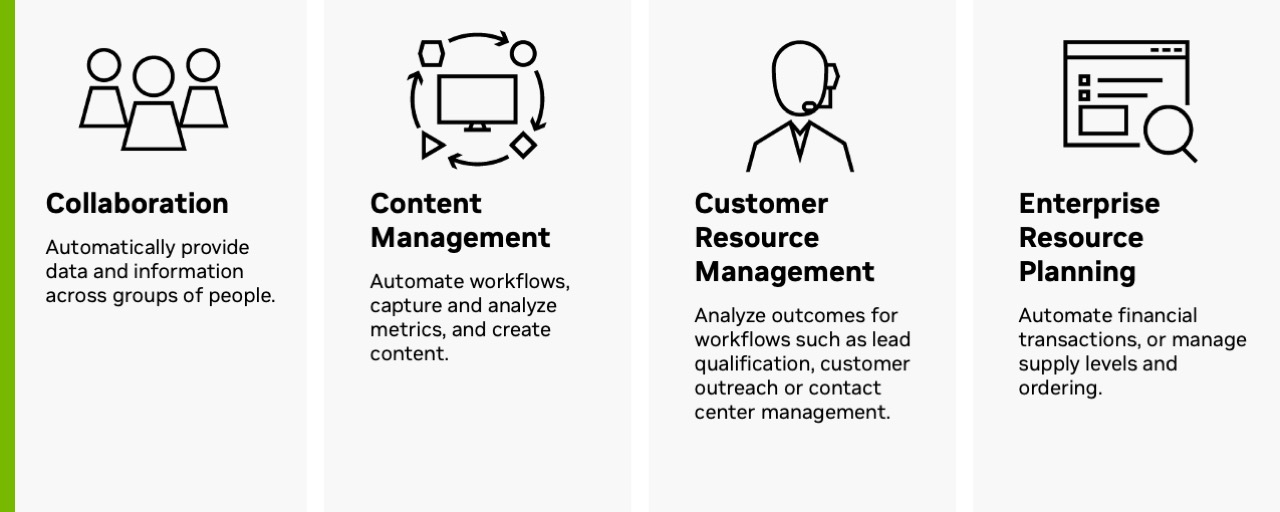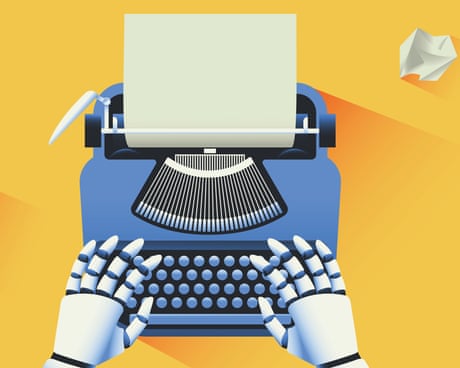Poll data challenges Keir Starmer's AI 'superpower' ambition. Tony Blair Institute urges public education on AI benefits.
Tsetlin Machine binary classification is a unique technique named after a Soviet mathematician. The system shows high accuracy in predicting species of Iris flowers.
UN’s climate chief emphasizes the need for government regulation of AI to address climate crisis. AI aids in making energy systems more efficient and reducing carbon in industrial processes.
MIT researchers Roe and Sutherland receive AI for Math grants to enhance theorem proving by connecting LMFDB and mathlib. Their project aims to bridge the gap between unformalized mathematical knowledge and formal proof systems, benefiting both human mathematicians and AI agents.
AI models from Google, Microsoft, and Meta can now design quantum materials with exotic properties, helping advance quantum computing. MIT researchers developed a technique using specific design rules to generate promising materials with unique structures, published in Nature Materials.
Child safety watchdog urges AI models to include child protection guidelines after chatbot site scandal with preteen characters. Report prompts UK government to impose safety rules on AI companies due to rise in child sexual abuse material (CSAM) generated by technology.
Nvidia's Jensen Huang advises UK ministers to prioritize economic benefits of generative AI over energy concerns of datacentres. Emphasizes the need for energy growth to support new industries, including sustainable options like nuclear, wind, solar, and gas turbines.
ManticAI excels in Metaculus Cup, sparking debate on AI vs human forecasting accuracy. Former Google DeepMind researcher co-founded British startup ranks 8th in international competition.
Discover six top articles from the past week, curated for your weekend reading pleasure. Stay informed and entertained with these must-read pieces.
AI agents are now strategic partners in decision-making, requiring careful selection and training for specific tasks. Connecting agents to data sources is crucial for accurate, context-aware responses and preserving institutional knowledge within organizations.
AWS Deep Learning Containers (DLCs) and managed MLflow on Amazon SageMaker AI offer a solution for organizations with specialized ML requirements. DLCs provide preconfigured Docker containers with optimized frameworks, while SageMaker managed MLflow streamlines lifecycle management with enhanced capabilities.
Study at University of Cambridge examines impact of AI toys on children's development and privacy rights. Questions raised about AI toys affirming love, sharing conversations, and interpreting social cues.
Massive Attack pulls music from Spotify over CEO's military AI investments. They join No Music for Genocide campaign against Israel.
Jonny Geller warns of AI threat to storytelling craft. UK publishing industry faces copyright challenges from big tech.
Amazon Bedrock introduces Stability AI Image Services, offering 9 tools for precise image creation and editing. Strong prompts control elements like tone and texture, maximizing visual outcomes for professional needs.

